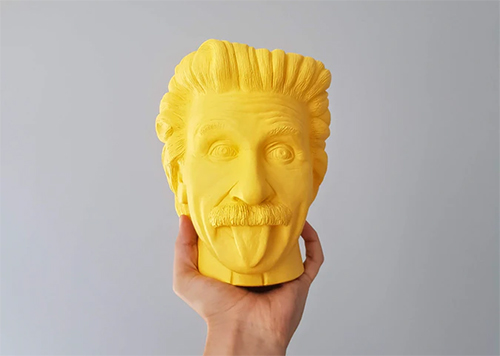If you are looking for ways to invest your money besides investing it in the stock market, you can look into art collecting and see how much you can grow your portfolio. When buying art, it is crucial to learn some points to determine that you are paying the right amount and are not charged more than the piece is worth. Rare art pieces can fetch millions of dollars in the market, and if you are willing to part with that kind of money, you can purchase them and wait for their value to go up. Doing so will give you the profit that you can add to your personal asset.
Will art pieces depreciate when there is an economic crash?

The first thing that you have to consider when investing is how to protect your money from economic turmoil. You have to make sure that you can still profit from your investments or at least get the entire investment amount back when you decide to pull it out. Because art does not correlate with the stock market, having several pieces will help you diversify your investment and still have money left if and when the economy crashes for whatever reason. Even if other investment categories are affected by an economic downturn, the art category remains unscathed. You also don’t need to have millions of dollars to start investing. Start small and build your wealth from there.
Protecting your art pieces from devaluation
If you have one or more pricey pieces in your possession, you must protect them from anything that may damage their integrity, such as humidity, high temperature, spillage, and sun damage. Most valuable and expensive art pieces are stored in boxes with controlled temperature to maintain their quality. Displaying them without any protective covering may prove to be detrimental to the artworks and your chances of selling them at high prices.
Start investing now
If you are an art enthusiast and want to upgrade into a collector and investor, now is the best time.
- Set a specific budget for your first art investment. Do not put all your eggs in one basket; that is sound investment advice regardless of the category you are investing in. This amount should be something that you are willing to part with. Factor in maintenance and storage costs as well.
- Do the legwork. Go to museums and galleries, and have a talk with curators to get a feel of the art world and what to expect when you decide to purchase an art piece.
- Your art investment should not be your sole investment option. Diversify your portfolio so that you can profit from different investment categories, whatever happens.
- Keep in mind that art is not a liquid asset. If you think that you can sell a piece anytime you will need money is not possible. It may take time to find a buyer who is willing to buy it at your price.
When investing in art, you have to be extra cautious and make sure that you have studied and learned the art world’s ins and outs. It will serve as your weapon to profit the most out of your investment.
Photo Attribution:
1st and featured image from https://images.unsplash.com/photo-1582561612646-279947d3ab98?ixlib=rb-1.2.1&ixid=eyJhcHBfaWQiOjEyMDd9&auto=format&fit=crop&w=732&q=80
2nd image from https://images.unsplash.com/photo-1567111089028-9abb29aa1102?ixlib=rb-1.2.1&ixid=eyJhcHBfaWQiOjEyMDd9&auto=format&fit=crop&w=675&q=80
